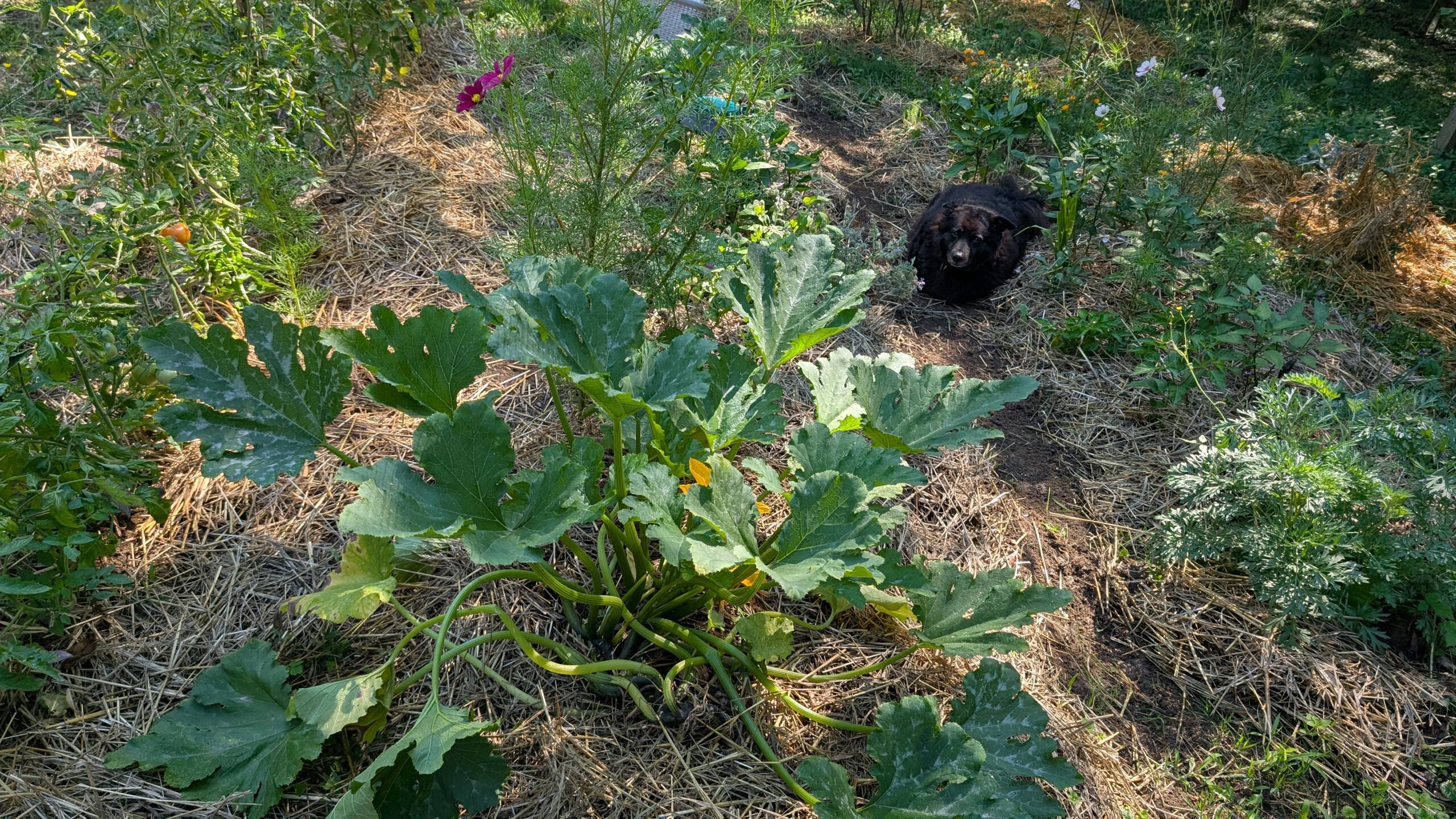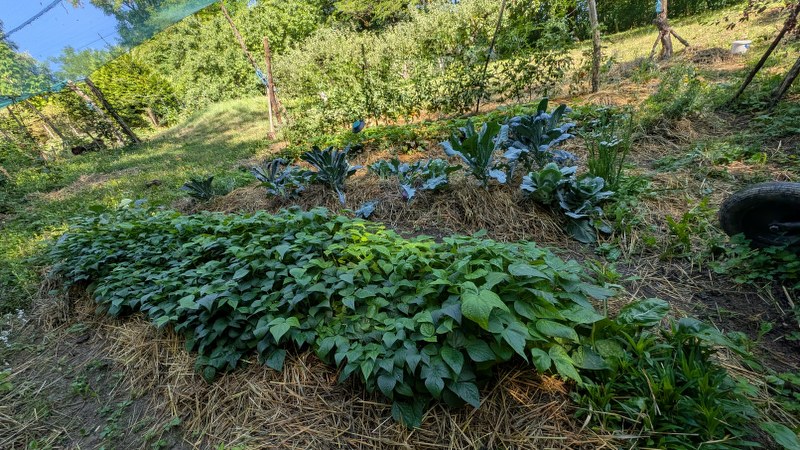Usually, when we plan a gardening season we mostly think about the first part of the season. We carefully plan where we’ll place which vegetables and buy seeds to fill the garden. But what when we start to empty the garden? By the middle of July garden will already be 1/3 empty with all of the short growth vegetables already harvested. With the gardening season coming to an end in a short time there’s no point in sowing some of the long growing vegetables such as tomatoes and peppers, but there are still plenty of vegetables that can be sown and ripe in time before the first frosts and the winter.
In the middle of July and early August, the Northern hemisphere has roughly 3 to 4 months of the gardening season left. Depending on the year we could be gardening even in November, but mostly the end of October is also the end of harvests. Nights get colder, morning dew in combination with rain cools down the soil so there are not many chances of growing vegetables during this period. Some vegetables won’t mind this kind of weather like brassicas and they will grow fine until first stronger frost, but most will suffer. That’s why we need to choose vegetables that will have their production peak in late September and early October.
The vegetables for short time second crops are of course lettuces. Many of the varieties are all-year-round varieties and can be sown throughout the year. Also, summer lettuces are a great choice for late July and early August since the temperatures in these months are still high and cold-loving lettuces could bolt too soon. In September we can already start with winter varieties, the temperatures won’t be too high and if we don’t harvest all of the heads in time they won’t mind the colder October and November. September is also a good time for corn salad since it doesn’t like the heat. We can also sow endive and chicory, they don’t mind the heat and most of them can be sown from March till October.
 |
| Lettuce started for September harvest |
An excellent second crop is also beans, bush snap beans to be exact. They will grow very quickly and will have the time to make pods. They don’t like too much heat and can start dropping flowers in high temperatures, but until they start flowering the heat shouldn’t be so intense anymore and they will give fruits throughout September and October until the first frost. They are an excellent second crop after the peas.
It might not sound like it but carrots can also be a second crop, especially in early to middle July. The carrots won’t be as big as the ones sown in March, but they will grow quicker than during March. My carrots germinated in less than 10 days this July due to the heat. Also if they are not big enough they can be left in the garden during winter. They will not freeze in mild frost temperatures. The only problem could be excessive moisture which could make them rot, but if the garden has good drainage it will be perfectly healthy in spring. So why shouldn’t we try to sow them in July?
 |
| Carrots sown in early July |
Onions and leeks can be a good second crop also, especially if we use sets and leek seedlings. They will grow nicely, the bulbs probably won’t be as big as the spring planted ones, but still, they could grow without any issues.








Leave a Reply